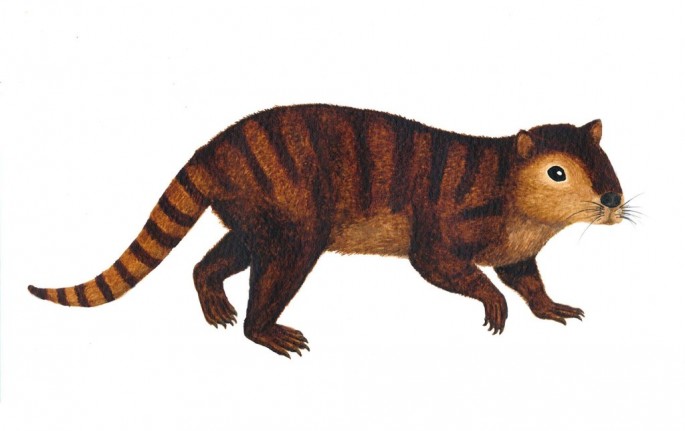Scientists are baffled as how an ancient small, furry beaver-like creature that possesses buckteeth was able to survive longer than the dinosaurs as new fossil evidence discovered in New Mexico yielded some important clues.
According to lead researcher Thomas Williamson from the New Mexico Museum of Natural History and Science, it's really interesting as how this now extinct group is among the few to survive the mass extinction of the dinosaurs and thrive afterwards. One probable reason for their survival is that they were already among the few mammals to evolve to eating plants when the extinction happened.
This three foot mammal called the Kimbetopsalis simmonsae appeared some 100 million years even before the dinosaurs walked the planet and migrated throughout what is now known as Asia and North America and utilizes strange teeth. The ancient beavers had sharp incisors and molars that possessed a lot of cusps that are ideal for their plant diet, commonly found in lush rainforests, rivers and lakes where they thrived.
The new fossil found is dated from 500,000 years after the dinosaurs' extinction. According to co-author of the study Steve Brusatte from the University of Edinburgh, the various diet of this ancient beaver helped them survive the devastating impact of the asteroid that caused some apocalyptic environmental changes, leading to the ultimate demise of the dinosaurs some 66 million years ago.
Brusatte explains that it seems like smaller mammals with more generalist diets were better at enduring the apocalypse caused by the asteroid impact. When the dust settled, these small survivors quickly began to diversify when large predators like the dinosaurs eventually disappeared.
This ancient beaver went extinct some 35 million years ago, replaced by new rodents where scientists reveal that it was unclear why these multituberculates were taken over by rodents. Researchers believe that the emerging rodents were smarter and grew populations more quickly, that became an advantage when scouring for resources.
The first rodents appeared 10 million years after the Kimbetopsalis lived, where this helps scientists to determine how multituberculates survived and thrived after the dinosaur extinction, some few hundred thousand years after the asteroid impact.
This new study is published in the Zoological Journal of the Linnean Society.



























